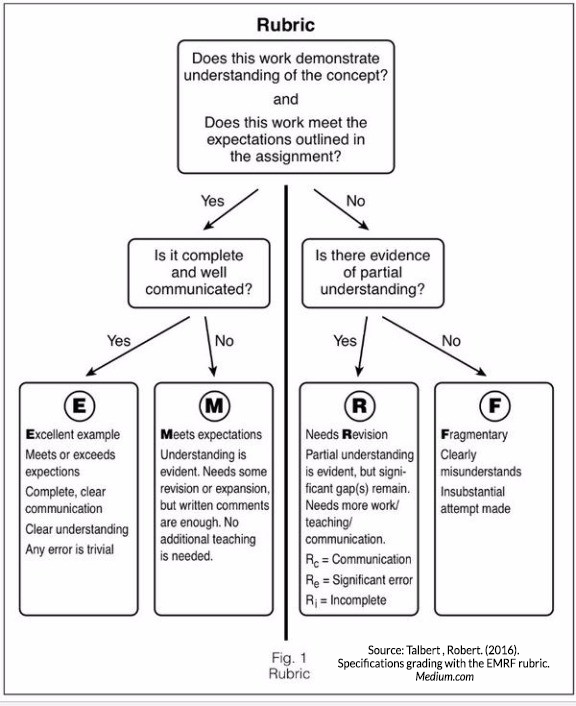Empowering Students Through Specs Grading
Sally Hang, Psychology Department
Grading shapes the experience of instructors and students. As a psychology lecturer and a recent first-generation student of color, Sally Hang intimately understands the importance of cultivating a growth mindset particularly for marginalized students. Using a grade schema that maximizes student agency appeals to her on many levels.
Core organizing questions drive her course design choices:
-
What would my teaching, the course structure, and student experiences look like if all work focused on building subject matter competency?
-
What would have to change if I developed course structures to meet students where they are rather than where I assume they should be and do so to cultivate growth mindsets?
-
How can I rethink my grading load?
Her answers led to embracing a grading schema called specifications grading (“specs grading”). Dr. Linda Nelson and C.J. Stanny (2015) outline this approach in a book titled Specifications grading: Restoring Rigor, Motivating Students, and Saving Faculty Time. Specs grading maximizes student choice and places the onus of learning and performance on students. Here is a snapshot of how Prof. Hang structures specs grading:
Explicate the competencies for the course and each unit of study
All students must meet the competencies to receive a passing grade. Nilson (2016) explains: “...Complete, satisfactory work receives full credit (full value), and incomplete, unsatisfactory receives no credit/value. For students, it’s all or nothing. No skipping the directions and no sliding by on partial credit for sloppy, last-minute work.” Higher grades are based on bundles of more complex work: to get a C (passing grade) you must meet criteria 1, 2, 3; to get a B, you must meet 1, 2, 3, 4, 5; to get an A, you must meet 1, 2, 3, 4, 5, 6, 7. Prof. Hang invested time to clearly articulate and organize how learning and content mastery function in her classes. The choice is placed in the students’ hands. Groveling over points is significantly reduced if not completely absent. Students know exactly what is expected of them.
Detail the specifications for satisfactory work
Develop rubrics as guides for demonstrated competencies, a prompt for student reflection and feedback on the quality of the work. Prof. Hang uses an EMRF rubric: Excellent, Meets criteria, Revise and Fragmentary.
The grade choice is placed in the students’ hands: demonstrated competency or not? which bundles were completed? Groveling over points is significantly reduced if not completely absent, and students know exactly what is expected of them. Prof. Hang’s use of specs grading has resulted in a positive improvement in student success and satisfaction with the course, which was reflected in her SET scores.
Another example of the excellence that characterizes educators at Cal Poly Humboldt.
